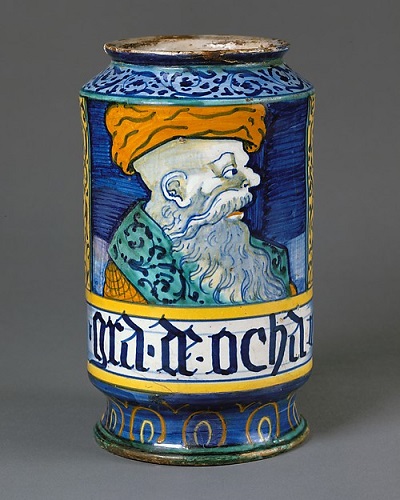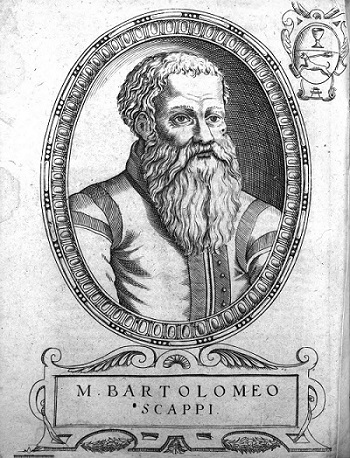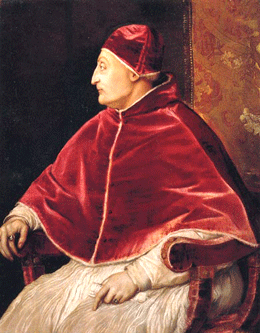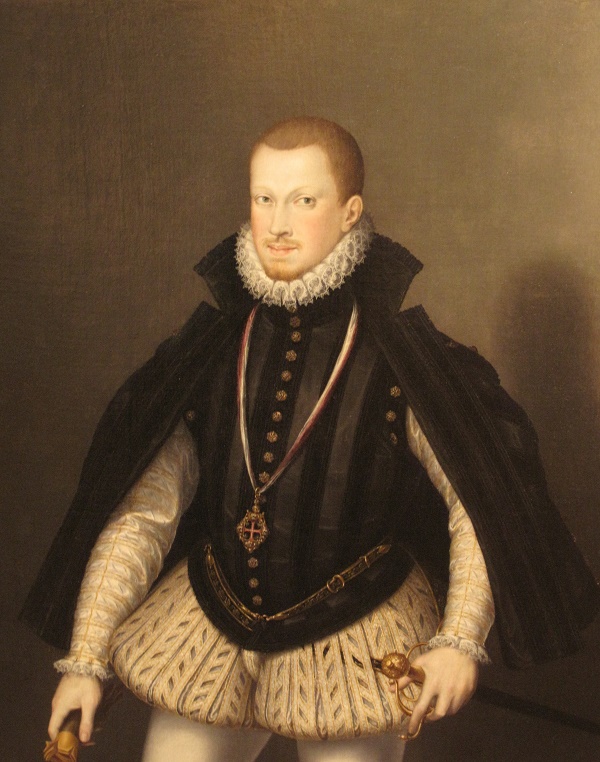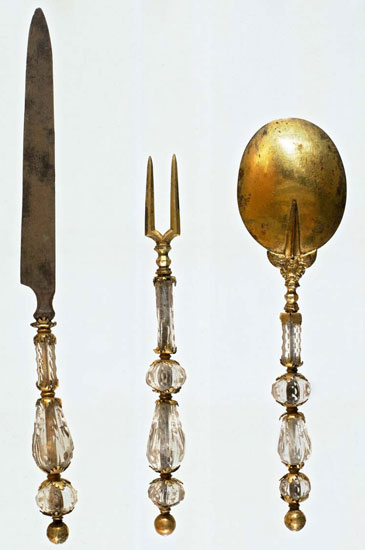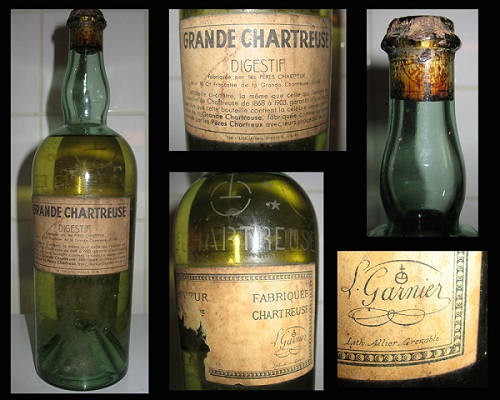
Last night my husband and I were discussing colours and the colour chartreuse was mentioned. I should mention that my husband is colour-blind so we do have some interesting conversations about colour! Anyway, that got me thinking and I went to the liqueur cabinet and sure enough, two bottles of Chartreuse were still in the cabinet. So, here is a little about the history of this ‘herbal elixir’.
The history of Chartreuse began with Saint Bruno, who together with his colleague Saint Hugo had set out for Grenoble, after studying at the University of Rheims. Saint Hugo had had a dream about an inhospitable place called the wastes of Chartreuse, and with some of the first monks they had gathered along the way, constructed a chapel and some cells. Saint Bruno was later called to Rome and died in Calabria in 1101, but the monastery at Chartreuse, grew in size. The cloister that grew up on the site became known as the Grande Chartreuse and despite natural disasters and a rebuild in in 17th century, the cloister stands as an imposing building today.
In 1605, Marshal d’Estrées gave the Carthusians a manuscript which contained the recipe for a herbal elixir. There is no record of who discovered the recipe but it was not until 1735, that a monk called Jerome Maubec, who was a monastic chemist, devoted some serious time to the recipe and he developed a way of manufacturing the elixir. His successor, Brother Antoine, perfected the process in 1764, and since that time the elixir Grande Chartreuse as been manufactured in the same way.
Initially the monks distributed free of charge it to the poor of the region, as a stimulant but they soon began experimenting with its distillation, and were soon able to distil a medicinal product with 55% alcohol by volume.
The monks were driven out of the monastery by the French Revolution, but a copy of the manuscript containing the recipe was made in 1793 and kept by the only monk who was allowed to remain at the cloisters. The original document had always been carried in his habit by a monk who had been elevated to the priesthood but when he was arrested, he slipped the document to a monk who had found shelter near the Grande Chartreuse. This monk despaired that the order would ever be restored, so he gave the document to Liotard of Grenoble, a pharmacist. In 1810, Napoleon decreed that all medicines containing ‘secret ingredients’ must be submitted to the Ministry of the Interior to be examined. Liotard submitted the recipe but it was returned to him as ‘rejected’. It was not until after Liotard’s death that the original document was returned to the Grande Chartreuse and distillation began again.
In 1838, Brother Bruno Jacquet made a sweeter lighter liqueur with only 40% alcohol and he added plants to give it a yellow colour, a step which saw the elixir become very popular with ladies. Both the green and yellow varieties of Chartreuse were manufactured in the monastery’s pharmacy, but production grew too large for the pharmacy and it was moved lower down the valley to a distillery at Four-voirie. However this was destroyed by a landslide in 1935. Production now takes place in new buildings in Voiron, where the secular Chartreuse company has its base.
There are some 130 constituents that make up Chartreuse. The herbs are first macerated in selected alcohol and then the elixir is distilled with other ingredients, including honey. It must be matured for eight years in the largest liquor cellars in the world and then it is bottled and marked V.E.P. – Vieillissement Exceptionellement Prolongé.
There are still only three monks who know the recipe, which of course today, as it has been for a long time, is a valuable trade secret.

